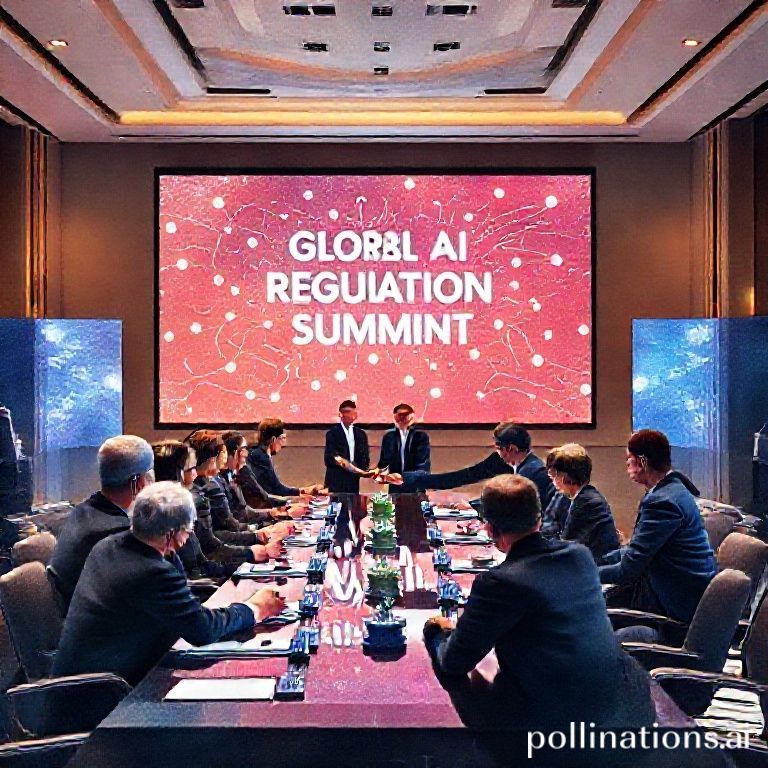
📱 Social Media Trends: What’s Hot Now?
Social media. It’s a constantly evolving landscape, a whirlwind of algorithms, platforms, and ever-changing user behavior. What was trending yesterday might be old news today. Staying ahead of the curve is crucial for businesses, marketers, and even casual users who want to make the most of their online presence. So, what’s hot right now? Let’s dive into the latest social media trends shaping the digital world.
The Reign of Short-Form Video Content
Forget lengthy blog posts (well, not entirely!). Short-form video content is king (or queen!) right now. Platforms like TikTok, Instagram Reels, and YouTube Shorts are dominating the social media scene, capturing attention spans and driving engagement like never before.
Why Short-Form Video is So Popular
Several factors contribute to the popularity of short-form video:
- Bite-sized Content: In a world of information overload, short videos offer easily digestible content that fits into busy schedules.
- Algorithm-Friendly: Social media algorithms heavily favor video content, especially short-form videos, leading to higher visibility and reach.
- Creativity and Authenticity: Short videos encourage creativity and authenticity. Users can quickly create engaging content using their smartphones, without the need for expensive equipment or professional editing skills.
- Entertainment Value: Short-form videos are often humorous, entertaining, or educational, making them highly shareable.
Examples:
- TikTok Challenges: These viral challenges encourage participation and user-generated content.
- Instagram Reels Tutorials: Quick tutorials on anything from cooking to makeup to home improvement.
- YouTube Shorts Vlogs: Short snippets of daily life or travel adventures.
Takeaway: If you’re not already creating short-form video content, now’s the time to start! Experiment with different formats, find your niche, and engage with your audience.
The Rise of Authenticity and “De-Influencing”
People are increasingly wary of overly polished and curated social media feeds. They crave authenticity and transparency from brands and influencers alike. This has led to the rise of “de-influencing,” a trend where influencers actively discourage followers from buying certain products or over-consuming.
Why the Shift Towards Authenticity?
Several reasons explain this shift:
- Over-Saturation of Ads: Users are bombarded with ads and sponsored content, leading to fatigue and skepticism.
- Growing Awareness of Mental Health: The pressure to maintain a perfect online image can negatively impact mental health, leading to a desire for more realistic and relatable content.
- Demand for Transparency: Consumers want to know the truth about products and services, including their potential drawbacks.
- Desire for Connection: Authenticity fosters genuine connections between users and brands/influencers.
Examples:
- Influencers sharing their struggles and vulnerabilities.
- Brands showcasing behind-the-scenes content and employee stories.
- “De-influencing” videos highlighting products that are overhyped or unnecessary.
Takeaway: Be real. Be transparent. Show the human side of your brand or yourself. Focus on building genuine relationships with your audience.
The Metaverse and Immersive Experiences
The metaverse, while still evolving, is starting to make its mark on social media. Brands are experimenting with virtual experiences, augmented reality (AR) filters, and virtual influencers to engage with users in new and immersive ways.
How the Metaverse is Impacting Social Media
The metaverse offers several opportunities for social media marketers:
- Virtual Events and Experiences: Brands can host virtual concerts, product launches, and conferences within the metaverse.
- AR Filters and Lenses: AR filters can enhance user experiences on social media platforms, allowing users to try on virtual makeup, preview furniture in their homes, or interact with branded content.
- Virtual Influencers: Computer-generated influencers can promote products and services in a unique and engaging way.
- Gamified Experiences: Incorporating game mechanics into social media campaigns can increase engagement and participation.
Examples:
- Nike creating Nikeland within Roblox, offering virtual games and experiences.
- Gucci partnering with Roblox to sell virtual handbags.
- AR filters that allow users to try on different shades of lipstick.
Takeaway: Explore the potential of the metaverse and immersive technologies to create unique and engaging experiences for your audience. While still in its early stages, the metaverse offers exciting possibilities for the future of social media.
The Growing Importance of Social Commerce
Social commerce, the practice of selling products and services directly on social media platforms, is booming. Platforms like Instagram, Facebook, and TikTok are making it easier than ever for businesses to reach customers and drive sales directly from their feeds.
Why Social Commerce is on the Rise
Several factors are driving the growth of social commerce:
- Seamless Shopping Experience: Social commerce eliminates the need for users to leave the social media platform to make a purchase, streamlining the shopping experience.
- Targeted Advertising: Social media platforms offer powerful targeting capabilities, allowing businesses to reach specific audiences with their products and services.
- Influencer Marketing: Influencers can promote products and services directly to their followers, driving sales and brand awareness.
- Mobile-First Shopping: Social media is primarily accessed on mobile devices, making social commerce a natural fit for mobile-first shoppers.
Examples:
- Instagram Shopping tags that allow users to purchase products directly from photos and videos.
- Facebook Shops that allow businesses to create online storefronts on Facebook and Instagram.
- TikTok Shopping that allows creators to link products directly to their videos.
Takeaway: If you’re not already selling on social media, consider integrating social commerce into your marketing strategy. Make it easy for customers to discover and purchase your products directly from their favorite platforms.
The Continued Evolution of AI and Automation
Artificial intelligence (AI) and automation are playing an increasingly important role in social media marketing. From chatbots to content creation tools, AI is helping businesses streamline their processes, personalize customer experiences, and gain valuable insights.
How AI is Transforming Social Media
AI is impacting social media in several ways:
- Chatbots: AI-powered chatbots can provide instant customer support, answer frequently asked questions, and guide users through the sales process.
- Content Creation: AI tools can help businesses generate content ideas, write captions, and even create videos.
- Social Listening: AI-powered social listening tools can monitor social media conversations, identify trends, and track brand sentiment.
- Personalized Recommendations: AI algorithms can analyze user data to provide personalized product recommendations and content suggestions.
Examples:
- Using chatbots to answer customer inquiries on Facebook Messenger.
- Using AI-powered tools to generate social media captions.
- Using social listening tools to track brand mentions and identify potential crises.
Takeaway: Explore the potential of AI and automation to streamline your social media marketing efforts. AI can help you save time, improve efficiency, and deliver more personalized experiences to your audience.
Conclusion
Social media is a dynamic and ever-changing landscape. By staying informed about the latest trends and adapting your strategies accordingly, you can maximize your online presence, engage with your audience, and achieve your marketing goals. Embrace short-form video, prioritize authenticity, explore the metaverse, leverage social commerce, and harness the power of AI. The future of social media is exciting, and by staying ahead of the curve, you can position yourself for success.









